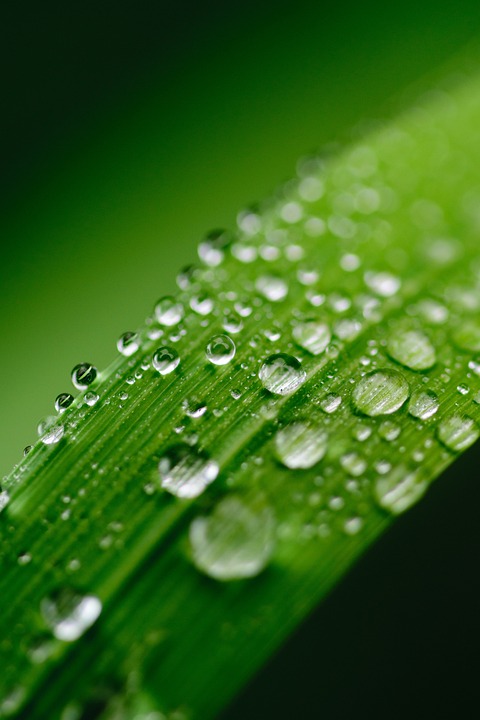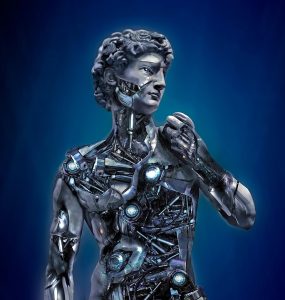The Revolutionary Art and Design of Kiyoshi Awazu
Kiyoshi Awazu is a renowned Japanese artist, graphic designer, and filmmaker who has left an indelible mark on the world of art and design. Born in Tokyo in 1929, Awazu spent his early years exploring the city’s vibrant and colorful culture, which would later become the inspiration for much of his work.
In the 1950s, Awazu began to gain international recognition for his unique approach to art and design, which blended traditional Japanese motifs with cutting-edge techniques and modern aesthetics. His work is characterized by bold colors, geometric shapes, and striking imagery that has captivated audiences for decades.
One of the most notable aspects of Awazu’s art and design is his use of typography. He believed that each letter should be treated as a work of art in itself, and his designs often featured custom fonts and lettering that were painstakingly crafted by hand.
Another hallmark of Awazu’s work is his use of collage and layering. He often combined disparate elements, such as photographs and illustrations, to create complex and visually stunning compositions that challenged traditional notions of design and aesthetics.
In addition to his work in graphic design, Awazu was also an accomplished filmmaker. He directed and produced over 40 films, many of which were experimental and avant-garde in nature. His films explored themes such as urbanization, consumerism, and the relationship between humans and nature.
Awazu’s influence can be seen in a variety of mediums, from fashion and advertising to architecture and urban planning. His work has inspired countless artists and designers around the world, and his legacy continues to live on today.
In conclusion, Kiyoshi Awazu was a revolutionary artist and designer whose innovative approach to art and design has left an indelible mark on the world. His work was characterized by bold colors, geometric shapes, and striking imagery that continues to captivate audiences today. His influence can be seen in a variety of mediums, and his legacy will undoubtedly continue to inspire future generations of artists and designers.
FAQs:
Q: What was Kiyoshi Awazu’s approach to typography?
A: Awazu believed that each letter should be treated as a work of art in itself, and his designs often featured custom fonts and lettering that were painstakingly crafted by hand.
Q: What themes did Awazu explore in his films?
A: Awazu’s films explored themes such as urbanization, consumerism, and the relationship between humans and nature.
Q: How did Awazu blend traditional Japanese motifs with modern aesthetics?
A: Awazu blended traditional motifs such as calligraphy and woodblock prints with modern techniques and aesthetics, creating unique and innovative designs.
Q: How has Awazu’s influence been felt in the world of design?
A: Awazu’s influence can be seen in a variety of mediums, from fashion and advertising to architecture and urban planning. His legacy continues to inspire artists and designers around the world.
Q: What was Awazu’s philosophy when it came to art and design?
A: Awazu believed that art and design should challenge traditional notions of aesthetics and be inclusive of diverse forms of expression. He believed that each letter and element should be treated as a work of art in itself.






